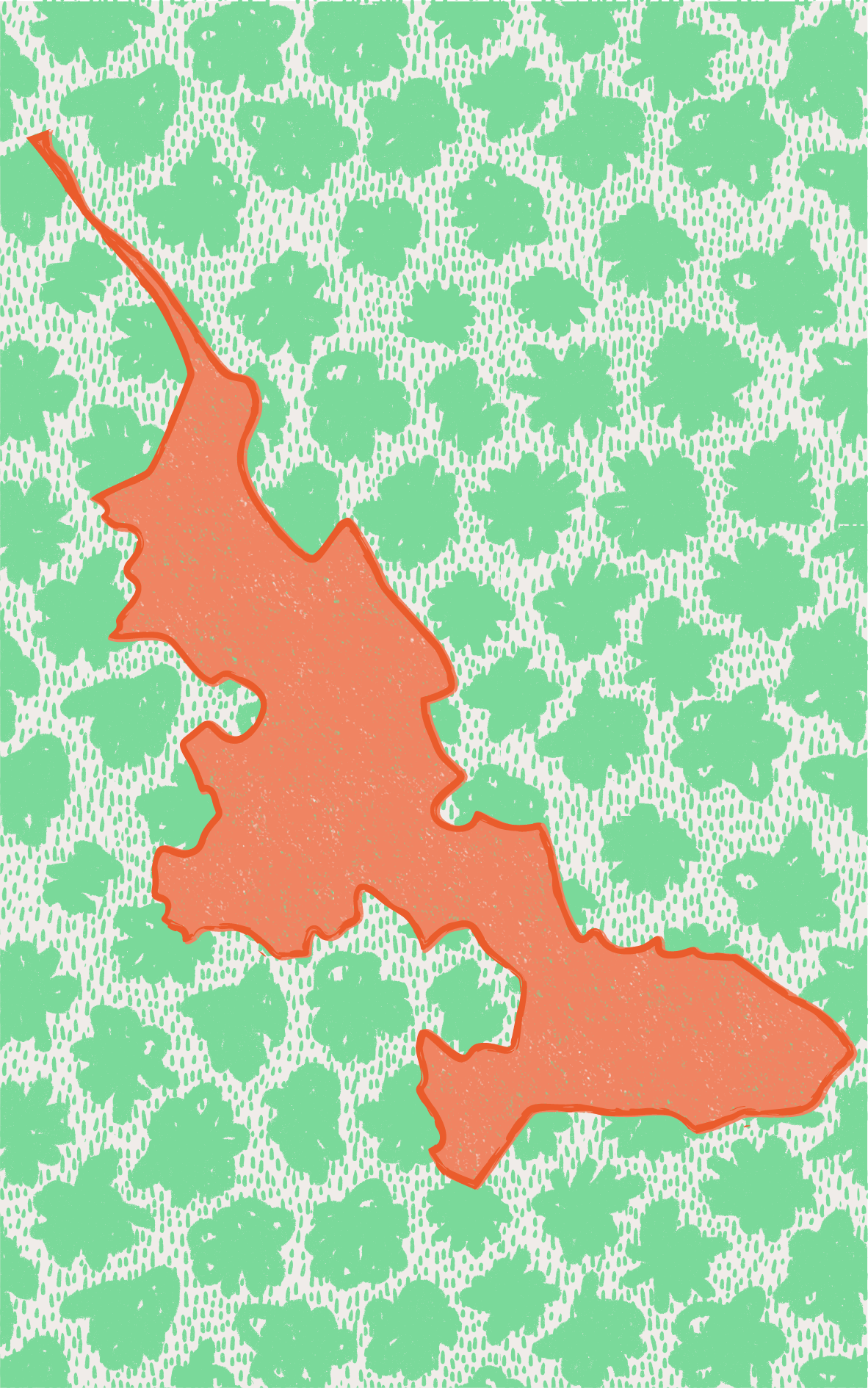Pyhä–Luosto, one of Finland’s oldest national parks, was extended in 2005, and recently new trail structures have been built to lead visitors through the fragile landscape. The park offers a view to billions of years old rock formations and landscapes with bare fell tops, gorges and vast aapa mires.

Cities and towns

National parks

UNESCO sites

UNESCO global geoparks

Main roads

Airports

Cruise ports

Case

Infrastructure

Grass

Trees / Forest



How to enjoy the magnificent sceneries in a safe way?
The main challenge of the Pyhä–Luosto National Park is to protect the delicate nature while welcoming great numbers of visitors to enjoy the nature with ancient rock formations and vast mires. To protect the nature – as well as for the safety of visitors – hiking is only allowed on the constructed paths. The entire trail is rebuilt with sturdy metal structures and wooden boardwalks.
Fell-tops and reindeer round-ups
The southernmost area of great fells in Finland offers a versatile glimpse of the northern nature. Pyhä–Luosto National Park is a mosaic of open fell and aapa mires, silent old-growth forests and rugged gorges. The sites of the park include, among others, Isokuru Gorge, Lake Pyhäkasteenlampi, Pyhäkaste Waterfall and Uhriharju Ridge. The Forest Sámi people who used to live in the area had many sacred places in the nature. Also some of their built heritage remains, such as reindeer fences and storage holds. There are several hiking, biking and winter trails to choose from, one of which runs between the park’s two most famous fells, Pyhä and Luosto. A project of rebuilding all the trails is underway. The park is situated in the wilderness between the towns of Sodankylä and Kemijärvi.
Key facts
- Location
Pyhätunturi and Luosto, Municipalities of Pelkosenniemi, Sodankylä and Kemijärvi, Region of Lapland in Northern Finland (Trails leave from Luontokeskus Naava, Pyhätunturi and Luostonportti, Luosto)
- GPS points
N67°00’42.0” E27°09’05.3”
- Protection Framework
National park
- Estimated number of visitors a year
204,500 in 2020 (169,700 in 2019)
- High season
March, September
- Low season
- Project Owner
Metsähallitus / the state of Finland
- Year of construction
Uhriharju stairs 2020, Isokuru structures 2021
- Materials
Wood, steel
- Landscape type
fells, canyons, forests and mires
 Heta Leinonen
Heta Leinonen